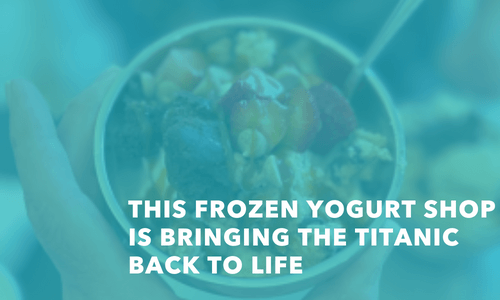INFOGRAPHIC: Servin’ Up Soft Serve Ice Cream Facts
“One Cone With Sprinkles of Knowledge, Please”
Since the late 1930s, Americans have had access to a different breed of classic ice cream: soft serve. Where did soft serve come from? We’re actually not 100% sure. The creation of soft-serve happened sometime around the late 1930s, but the very first batch is lost to history. The invention has been attributed to Tom Carvel, Dairy Queen, and even former UK Prime Minister Margaret Thatcher.
Here's what we do know about delicious soft serve ice cream:
It’s Elementary Food Chemistry, My Dear Watson
What makes the creamy, swirled soft-serve cone different from your typical hard scoop? Sometimes a soft-serve recipe will have less milk fat, but the main difference is that classic hard scoop ice cream has less than 30% air content. When you introduce more air during the mixing phase of ice cream creation, you get soft serve. It's 30-60% air content makes a unique whipped, fluffy texture with less crystallization than hard scoop varieties.
After that airy texture is achieved, soft serve is stored and served at a slighter warmer temperature than hard scoop to prevent further crystallization that would ruin the texture. While hard scoop ice cream is served at 10 degrees Fahrenheit (-12.2 degrees Celsius), soft serve is usually around 21 degrees Fahrenheit (-6.1 degrees Celsius).
I Scream, You Scream… Softly
Hard scoop puts up a harder fight, it seems. According to a Yahoo Insights survey, 70% of respondents prefer hard scoop while the other 30% prefer soft serve. But wait -- region matters. In the Northeast of the U.S., there is a stronger overall preference for soft serve. Only around 55% of Northeasterners prefer hard scoop, driving overall soft serve production and popularity. The abundance of seaside vacation and camping spots in the Northeast may be partially responsible.
Saccharine and Celebrated
Did you know there is a National Soft Serve Ice Cream Day? Every year it falls on August 19, the perfect time to enjoy a soft-serve cone commemorating the last weeks of summer. Make sure to mark the next August 19 on your calendar so you remember to celebrate this sweet, sweet holiday.





